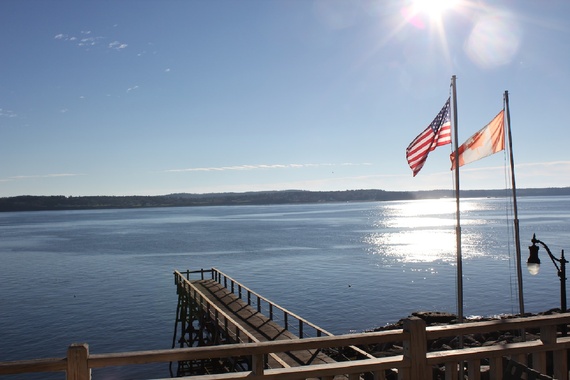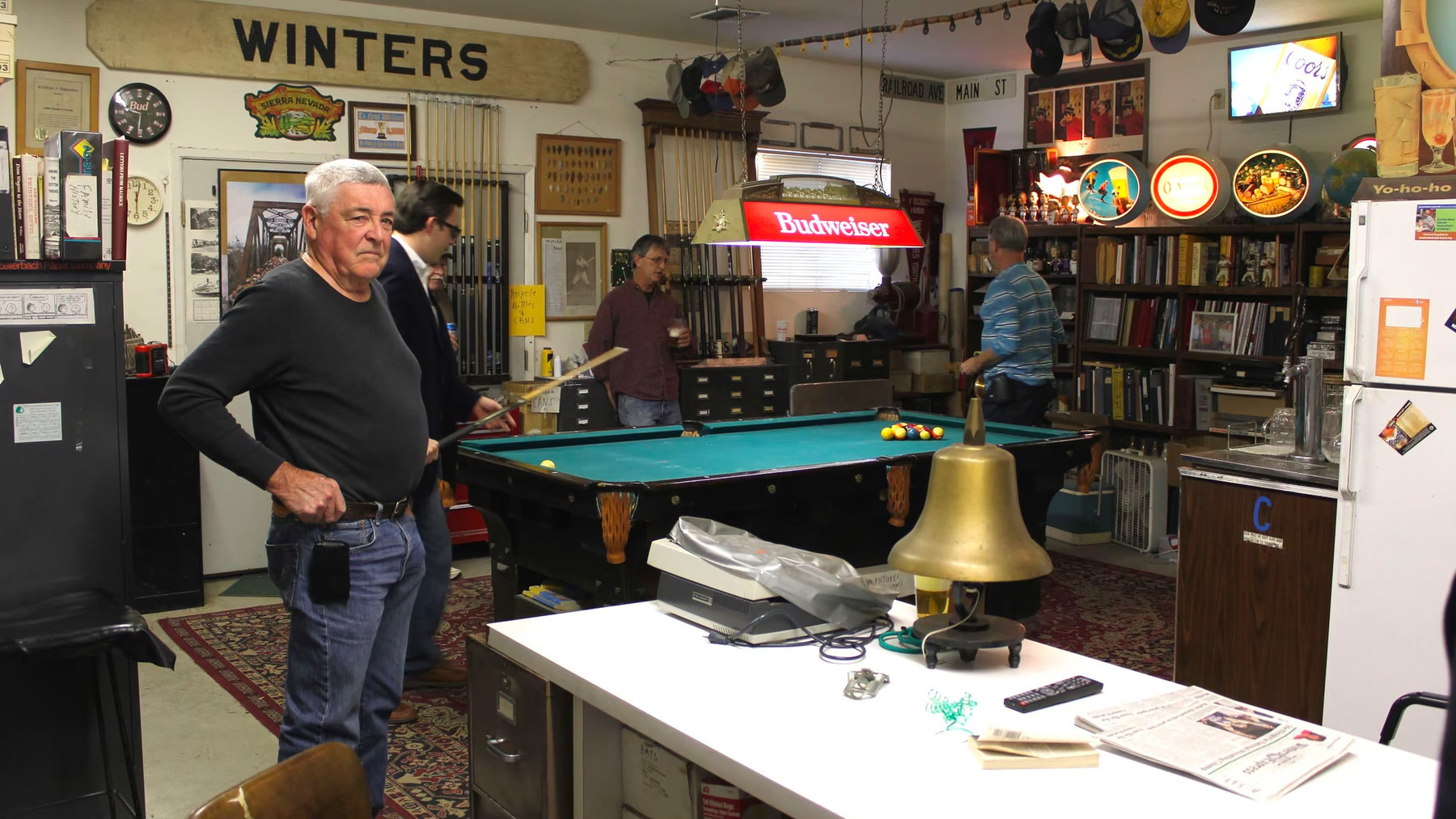When we began this project for The Atlantic in the summer of 2013, with our colleagues at Marketplace radio and the digital-mapping company Esri, our idea was to visit some of the smaller towns and cities the media tend to overlook, to see how people were adjusting to the economic, environmental, and technological opportunities and challenges of this era.
This was a variant on the classic road-trip approach to reporting the diverse realities of America, the variant being that we were making the journey in a little Cirrus SR-22 propeller plane. Since only a few small towns are on an Interstate, but nearly all of them have local airports—a total of 5,000 across the country—this has allowed us to range among places as far-flung as Eastport, Maine and Redlands, California, or Duluth, Minnesota and Columbus, Mississippi. In the months ahead we’re planning to travel through the Central Valley of California; to the American Prairie Reserve in Montana; to coal country in Tennessee and Kentucky, and rural Alabama; and many places more.
Deb has a background in linguistics and has reported on regional language patterns, as well as stories of innovative schools, refugee resettlements, arts programs, and the fun of flying. John is a former college political-science professor and has written about innovations at community colleges and research universities — and also the craft-distillery movement, neighborhood-redevelopment efforts, and the public architecture of the Great Plains. We’ve ended each day of reporting very tired, but even more excited and surprised by what we’ve learned.

We’ve found this project every bit as engaging as we expected, but we’ve also discovered something we hadn’t foreseen. There is a pattern that connects the individual stories we’ve reported, and that sharply differs from the tone of most coverage we read or hear. At the national level, American politics is bitterly polarized, and the mood of the country can seem fearful and downcast. But city by city we’ve seen examples of collaboration, practical-minded compromise, long-term investment in a region’s future, and a coast-to-coast resurgence in manufacturing and other startup activity.
Deb Fallows, John Tierney, and I are producing reports for this project on The Atlantic’s site almost every day. You can find a master collection of them here: http://www.theatlantic.com/special-report/american-futures/ But with the daily surge of material appearing so often on TheAtlantic.com, we wanted to make it easier for readers who are interested to follow the reports we’re putting up. That’s why we’ve decided to start this newsletter.
Every few days or once a week, I’ll send you an email that contains links to the latest items by Deb, John, or me from our American Futures reporting. A typical email newsletter will be brief, with very little text, merely calling your attention to the five or six most recent new pieces, with links you can click to read more.
I hope you’ll find this interesting and will want to continue to receive the emails. If not, there’ll be an easy-to-use “Unsubscribe” link at the bottom of each email. Click it, and we’ll bother you no more. Sign up by putting your email address in the box below and clicking “subscribe.”
Here is a small sampling of pieces we’ve done in the past year that will give you a taste of the variety of topics and places we’re exploring.
Online posts.
By Jim Fallows:
- The surprising team that is remaking one of the poorest parts of the nation’s poorest state: “Joe Max Higgins and Theories of History.”
- A high school in southern Georgia preparing a wide variety of students for jobs of the future. “What ‘Career Technical’ Education Looks Like.”
- The biggest infrastructure project in America, and why it matters. “California High-Speed Rail.”
- Why the news media present Americans as the objects of big unstoppable trends, but many Americans consider themselves in the active, not the passive, mode. “National Problems, Local Solutions.”
- Why an internationally successful tech company prefers to stay in an out-of-the-way small California city. “Why Do Tech Companies End Up Where They Are?“
- How a school in South Carolina is preparing elementary-school children from a wide range of backgrounds for tech jobs. “America’s Tiniest Engineers.”
- How our language defines and reveals us. “What We Mean When We Say Hello.”
- How the humble library is finding a crucial new place in the Internet era. “Not Your Mother’s Library.”
- How cities from the Great Plains to northern New England are the new American melting pot. “The Story of ‘Brings Luck.'”
By John Tierney:
- How a “career” academy enhances the economic and cultural life of a state. “An Educational Surprise from Down East.”
- How an extremely small town is using arts and culture to lead its revival. “Building a Museum: Report from Down East.”
- Why community colleges matter. “When a Community College Transforms a City.”
Video:
- The Geography of Small Talk: How Do You Say Hello?
- Jim and Deb Fallows, interviewed by James Bennet at Washington’s historic Sixth and I Synagogue, as played on C-SPAN.
Articles:
- “An Intimate View of America, From Above” by Deb Fallows, in The New York Times.
- “Why Cities Work Even When Washington Doesn’t,” by Jim Fallows, in The Atlantic.
- “The Little Town That Might,” by Jim Fallows, in The Atlantic.




